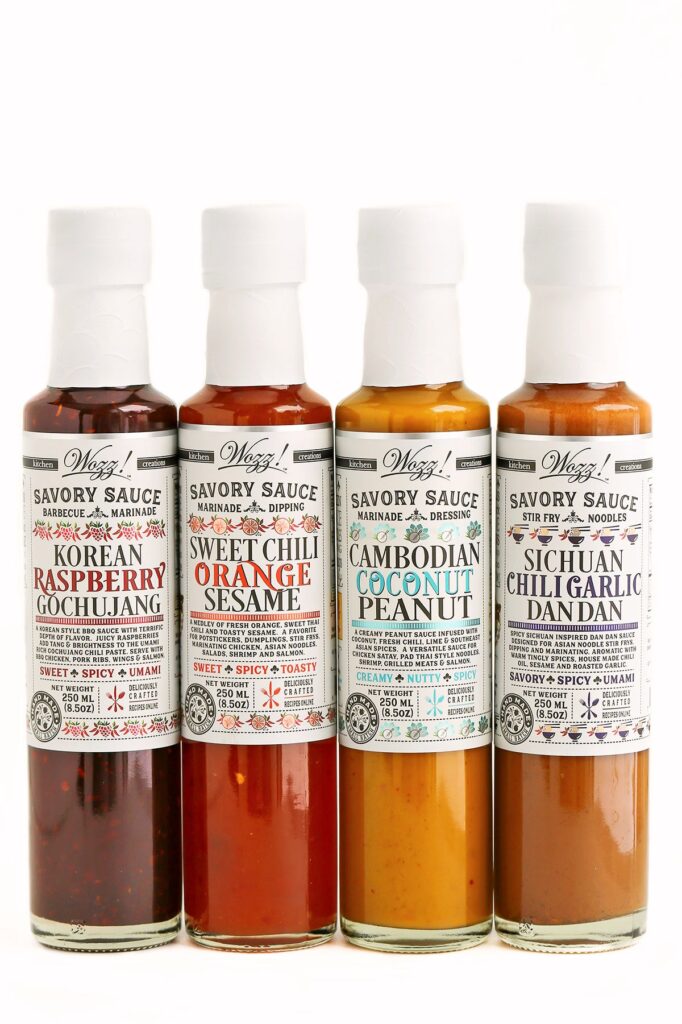Vinegar has been used in kitchens for centuries and offers various health benefits. It is low in calories and suitable for those with dietary restrictions. Apple cider vinegar supports gut health and aids digestion, while balsamic vinegar has antioxidant properties. White vinegar is commonly used in pickling and cleaning, and red wine vinegar offers potential heart health benefits. There are numerous ways to incorporate vinegar into recipes, such as dressings, marinades, pickling, baking, and soups. Overall, vinegar adds tang and balance to dishes while enhancing flavors and providing health benefits.
The Art of Using Vinegar: Adding Tang and Balance to Your Recipes
Introduction
Vinegar, with its sharp and tangy taste, has been a staple in kitchens for centuries. Beyond being a flavor enhancer, vinegar offers various health benefits and plays a crucial role in balancing flavors in recipes. This versatile ingredient is not only used in cooking but is also valued for its medicinal, household cleaning, and beauty properties.
The Nutritional Value of Vinegar
Vinegar is incredibly low in calories. Most types of vinegar contain approximately 3 calories per tablespoon. It also contains no fat, cholesterol, or sodium. Furthermore, vinegar is naturally gluten-free, making it suitable for those with dietary restrictions.
1. Apple Cider Vinegar
Apple cider vinegar, made from fermented apple cider, is one of the most popular vinegar varieties. Besides enhancing the flavor of various dishes, it also offers several health benefits. Apple cider vinegar contains probiotics that support gut health and aids digestion. It is also rich in polyphenols, which are antioxidants that help reduce the risk of chronic diseases.
2. Balsamic Vinegar
Balsamic vinegar, originating from Italy, is well-known for its distinct caramelized flavor and syrupy texture. This dark vinegar is often used in salad dressings, marinades, and sauces. Balsamic vinegar boasts several health-promoting properties. It contains high levels of antioxidants and polyphenols, which protect the body from free radicals and help reduce inflammation.
3. White Vinegar
White vinegar, commonly known as distilled vinegar, is derived from the fermentation of distilled ethyl alcohol. It has a high acetic acid content, giving it a strong, sharp taste. White vinegar is frequently used in pickling, preserving, and cleaning due to its acidic properties. Despite its name, white vinegar is transparent. It is a versatile ingredient that adds tanginess to both savory and sweet recipes.
4. Red Wine Vinegar
Red wine vinegar is made from fermenting red wine. It has a milder flavor compared to other vinegars and adds an enjoyable tanginess to foods. Besides its culinary purposes, red wine vinegar offers potential health benefits. It contains resveratrol, a compound found in red wine, which has been associated with heart health and reduced inflammation.
Using Vinegar in Recipes
Vinegar is an excellent ingredient for enhancing the flavors of various dishes, and there are countless ways to incorporate it into your recipes. Below are a few examples:
1. Dressings and Marinades
Prepare delicious dressings and marinades by combining vinegar with oils, herbs, spices, and other flavorings. The acidity in vinegar helps tenderize meat and infuse flavors into your dishes.
2. Pickling and Preserving
Vinegar is a key ingredient when making pickles, as its acidity preserves the vegetables and adds a delightful tang. It also helps soften and flavor various fruits when making preserves, jams, or chutneys.
3. Baking
Vinegar can be used in baking to create light and fluffy cakes and pastries. It reacts with baking soda, causing a chemical reaction that produces carbon dioxide, resulting in a more airy texture. It is particularly useful in vegan baking as an egg substitute.
4. Soups and Stews
When making soups or stews, a splash of vinegar can help balance the flavors by adding acidity and brightness. It works particularly well in vegetable-based soups, providing a tangy contrast.
Conclusion
Vinegar is a versatile ingredient that adds tang and balance to recipes, enhancing their flavors and making them more enjoyable. By incorporating various types of vinegar into your culinary creations, you not only add depth and complexity to your dishes but also harness the health benefits they provide. So, next time you reach for a bottle of vinegar, remember its potential to elevate your cooking and bring a delicious tang to your taste buds.
